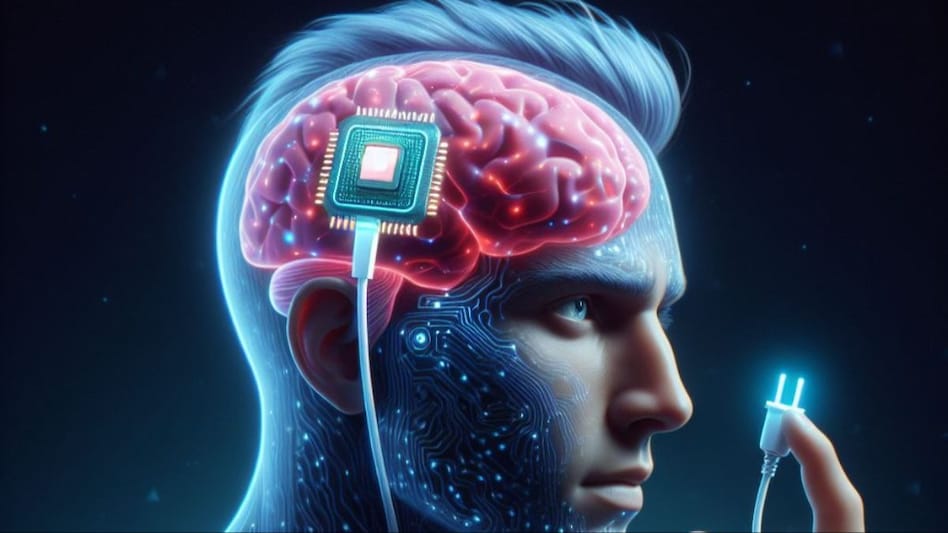
Elon Musk’s Neuralink project is a highly ambitious endeavor aimed at developing advanced brain-machine interface (BMI) technology. The ultimate goal of Neuralink is to create devices that can be implanted into the human brain to enable direct communication between the brain and computers, potentially allowing humans to control technology with their thoughts, and eventually, even to enhance cognitive abilities.
Key Aspects of Neuralink:
- Purpose and Vision:
- The primary aim of Neuralink is to merge the human brain with artificial intelligence (AI). Musk has often spoken about the risks of AI becoming too powerful, and Neuralink is seen as a way to keep humans relevant in an AI-dominated future.
- In the short term, Neuralink could help treat neurological disorders such as Alzheimer’s, Parkinson’s disease, and spinal cord injuries by restoring neural function or enabling brain-controlled prosthetics.
- Technology:
- Brain Chip (Neuralink Chip): The central component of Neuralink’s technology is a tiny, flexible chip (referred to as the “Link”) that can be implanted into the brain. This chip contains thousands of electrodes that can both read and stimulate brain activity.
- Threads: Neuralink’s chip is connected to the brain using ultra-thin, flexible “threads” that are thinner than a human hair. These threads are designed to be less damaging to the brain tissue compared to older, rigid electrodes.
- Surgical Robot: Neuralink has also developed a robotic system to precisely and safely insert these threads into the brain. This robot is designed to minimize damage during the implantation process.
- Applications:
- Medical Applications: Initially, Neuralink aims to help people with severe neurological conditions. For example, individuals who are paralyzed could potentially use the Neuralink device to control computers, phones, or even robotic limbs with their thoughts.
- Enhancement of Human Abilities: In the long term, Musk envisions that Neuralink could be used by healthy individuals to enhance memory, cognitive function, or even enable telepathic communication.
- Progress and Demonstrations:
- Neuralink has conducted several demonstrations, including implanting the chip in animals like pigs and monkeys. One of the most notable demonstrations involved a monkey named Pager, who was able to play the video game “Pong” using only his mind, thanks to the Neuralink device.
- Human trials are expected, but as of the latest updates, they are still pending regulatory approval from organizations like the FDA.
- Challenges and Ethical Considerations:
- Technical Challenges: Developing a safe and effective brain-machine interface that can be used by humans presents enormous technical challenges, including biocompatibility, long-term stability, and data interpretation.
- Ethical Issues: The idea of implanting chips into the human brain raises significant ethical questions, such as concerns about privacy, consent, and the potential for misuse. There’s also a debate about the implications of enhancing human capabilities, which could lead to societal divides.
- Future Outlook:
- While Neuralink’s technology is still in the early stages, the project holds the potential to revolutionize both medical treatments and human-computer interaction. However, much work remains to be done before it can be widely adopted, and the ethical implications will need to be carefully managed.
Overall, Neuralink represents a bold attempt to push the boundaries of what is possible with technology and the human brain, with potentially transformative implications for medicine and beyond.

Get involved!
Comments